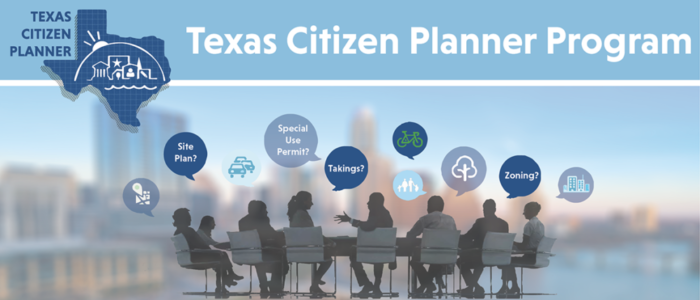
Texas Coastal Citizen Planning
October – December 2013
The Texas Coastal Citizen Planner Program was an 8-session training program. Each 2.5 hour course included reading materials, case studies, class work, and engaging instruction from planning leaders, practitioners, and researchers. This was a non-credit series that lead to a “Citizen Planner” certificate of completion awarded by Texas Sea Grant. Course materials and online resources will be made available through this site. Upon program completion students would have joined a network of local officials who were committed to making Texas coastal communities better, safer, more vibrant places to live and work through sound planning practices. There were no tests, but each student completed a knowledge evaluation that allowed us to help improve our program.
1) Planning and Community-building
Instructor: Dr. Shannon Van Zandt, Director
Center for Housing and Urban Development, Master of Urban Planning Program Coordinator and Professor
Texas A&M University

This first course was an introduction to how communities and local officials could use the planning powers of local government to improve neighborhoods, promote economic development, preserve open space, and protect public safety. Development and placemaking issues concerning sprawl, smart growth, and new urbanism will be covered through an exploration of the planning process. This introduction will help local officials better understand key planning options and their impacts.
Reading Resources:
2) Legal Foundations of Land Use Planning
Instructor: Kimberly Mickelson, AICP, JD, Olson & Olson
This course covered the legal basis and limits of planning power through a look at Texas law and the United States Constitution. The course also covered definitive court cases and enabling statutes that outline local planning authority, including issues related to takings and due process.
3) Local Official’s Roles and Responsibilities
Instructors: Matthew J. Festa. JD, South Texas College of Law
Planning officials, commissioners, or councilpersons have a range of important duties. Students learned about their roles and the groups they worked with on local planning matters, as well as conflict of interest and ethics.
4) Plan Implementation and Development Review
Instructors: Dustin Henry, Senior Planner, City of Galveston
Gary Mitchell, Vice President, Kendig Keast Collaborative
This course covered a mix of municipal powers like zoning, PUDs, subdivision ordinances, and site plan review. These tools are routinely used to implement planning recommendations and help communities positively shape development proposals submitted for local approval. Each tool offers opportunities for localities to address concerns regarding land uses, building setbacks, design standards, signage, walkability, parking, circulation, stormwater, and landscaping.
5) Public Participation
Instructor: Matt Lewis, Director of Planning and Development, City of San Marcos
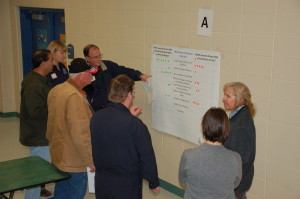
Participatory planning can be a meaningful way of collaborating with the public and stakeholders to inform and shape planning decisions. Learn effective steps in setting up the right type of public meetings, effective listening and communication, and dealing with conflict.
6) Green Infrastructure, Community Development, and Planning Tools
Instructors: Dr. John Jacob, Director Texas Coastal Watershed Program, Texas Sea Grant/Texas AgriLife Extension Service
Prof. Matthew Festa, Professor of Law, South Texas College of Law

Agricultural and natural open spaces form a network of lands that support multiple economic and public benefits. Understand how comprehensive planning, land use policies and site-level practices can sustain this natural infrastructure by pulling together concepts from watershed planning, coastal resources, recreation, conservation, and hazard mitigation.
7) Coastal Hazards and Planning for Resilient Communities
Instructor: Dr. Walt Peacock, Professor, Department of Landscape Architecture and Urban Planning and the Sustainable Coastal Margins Program, Director of the Hazard Reduction and Recovery Center,
Texas A&M University
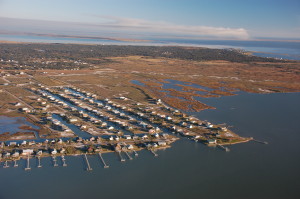
Coastal and lowland areas are vulnerable to natural hazards and sea level rise, conditions often worsened by poor development decisions of the past. Review current environmental and development trends that are driving the need for coastal hazard mitigation planning, and learn about the planning and development practices that can make communities better prepared and more resilient to coastal hazards.
8) Placemaking and Economic Development
Instructors: Rose M.Z. Gowen, Councilwoman, City of Brownsville
Dr. John Jacob, Director, Texas Coastal Watershed Program, Professor and Extension Specialist, Texas Sea Grant/Texas A&M AgriLife Extension Service

Placemaking is the art and practice of creating high-quality, dynamic spaces for people to live and work. This means unwinding long-held assumptions about transportation, housing, and local economic development. Communities across the country and here in Texas have used placemaking practices to revive neighborhoods, reinvest in historic town centers, and rejuvenate downtowns.
9) Capstone Course & Workshop
The capstone course seeks to tie together the entire curriculum through a growth planning exercise. Using computer mapping technology and population forecasts, teams will work to create their own comprehensive planning map and identify the potential impacts and trade-offs of each team’s planning strategy. The Community Health and Resource Management Model (CHARM) exercise is a hands on computer mapping and planning exercise for public workshops.

Hazard Mitigation and Planning Integration
August 2015
The art of good planning is about injecting long-term considerations into near-term actions. Communities that integrate hazard mitigation principals and factor in long-term risks into their existing plans stand to make their communities more resilient and less prone to disasters. Hear about approaches your community can embark upon to link risk management with your community’s ongoing planning and vision.
1) Planning for Hazard Resilience: Mitigation Planning, Mitigation Policies, and Assessing Planning Integration
Instructor: Dr. Walter Gillis Peacock
Director, Hazard Reduction and Recovery Center;
Urban Planning Professor, Texas A&M University
2) Parks Can Be Playful and Pragmatic
Instructor: Dr. Jamie Rae Walker
Associate Professor and Extension Specialist Urban Parks
Texas A&M AgriLife Extension Service, Department of Recreation, Parks, and Tourism Sciences
3) Resilience and the Nature of Place
Instructor: Dr. John Jacob
Director, Texas Coastal Watershed Program;
Professor and Extension Specialist, Texas A&M AgriLife Extension Service, Department of Recreation, Parks, and Tourism Science

Foundations in Planning Course
February – April 2017
The Texas Citizen Planner Program starts with a 6-session planning foundations course. Each 2.5 hour class includes reading materials, case studies, class work, and engaging instruction from planning leaders, practitioners, and researchers. This is a non-credit series leading to a “Citizen Planner” certificate of completion awarded by the Texas Coastal Watershed Program. Course materials and online resources will be made available through this site. Upon program completion students join a network of local officials who are committed to making Texas communities better, safer, more vibrant places to live and work through sound planning practices. There are no tests, but each student will complete a knowledge evaluation to help us improve the program.
1) Introduction to Planning 101
Instructor: Dr. Shannon Van Zandt
Professor and Interim Head, Department of Landscape Architecture & Urban Planning, Texas A&M University
Nicole & Kevin Youngblood Professor of Residential Land Development
This first class is an introduction to how communities and local officials use the planning powers of local government to improve neighborhoods, promote economic development, preserve open space, and protect public safety. Development and placemaking issues concerning sprawl, smart growth, and new urbanism will be covered through an exploration of the planning process to help local officials better understand their options and their impacts.
2) Legal Foundations of Community Planning, I
Instructor:Matthew J. Festa, JD
Professor of Law, South Texas College of Law
A look at Texas law and the United States Constitution covering the legal basis and limits of planning power. The class will also cover definitive court cases and enabling statutes that outline local planning authority, including issues related to takings and due process.
3) Legal Foundations of Community Planning, II
Instructor:Kimberly Mickelson, AICP, JD
Attorney, Olson & Olson
Planning officials, commissioners, or councilpersons have a range of important duties. Learn their roles and the groups they will work with on local planning matters, as well as procedural issues, conflicts of interest, and ethics.
4) Building Communities: From Vision to Policy
Instructor:Matthew Lewis
President, SimpleCity Design
The comprehensive plan, public participation, zoning and other major policy tools are available to municipalities. These tools form the backbone for how communities shape where and how development happens, promote the efficient use of municipal services, and protect public health and safety.
5) Plan Implementation and Development Review
Instructor: Wayne Neumann, AICP
Owner, Municipal Planning Services
This class covers a mix of municipal powers like PUDs, subdivision ordinances, and site plan review. These tools are routinely used to implement planning recommendations, and they offer opportunities for localities to address concerns regarding land uses, building setbacks, design standards, signage, walkability, parking, circulation, stormwater, and landscaping.
6) Hazard Mitigation and Planning for Resilient Communities
Instructor: Jaimie Hicks Masterson
Program Coordinator, Texas Target Communities
Department of Landscape Architecture & Urban Planning, Texas A&M University
The costs of natural hazards are often made worse by poor planning decisions. Review current environmental and development trends that are driving the need for hazard mitigation planning, and learn about the planning and development practices that can make communities better prepared and more resilient to flooding and storm surge.
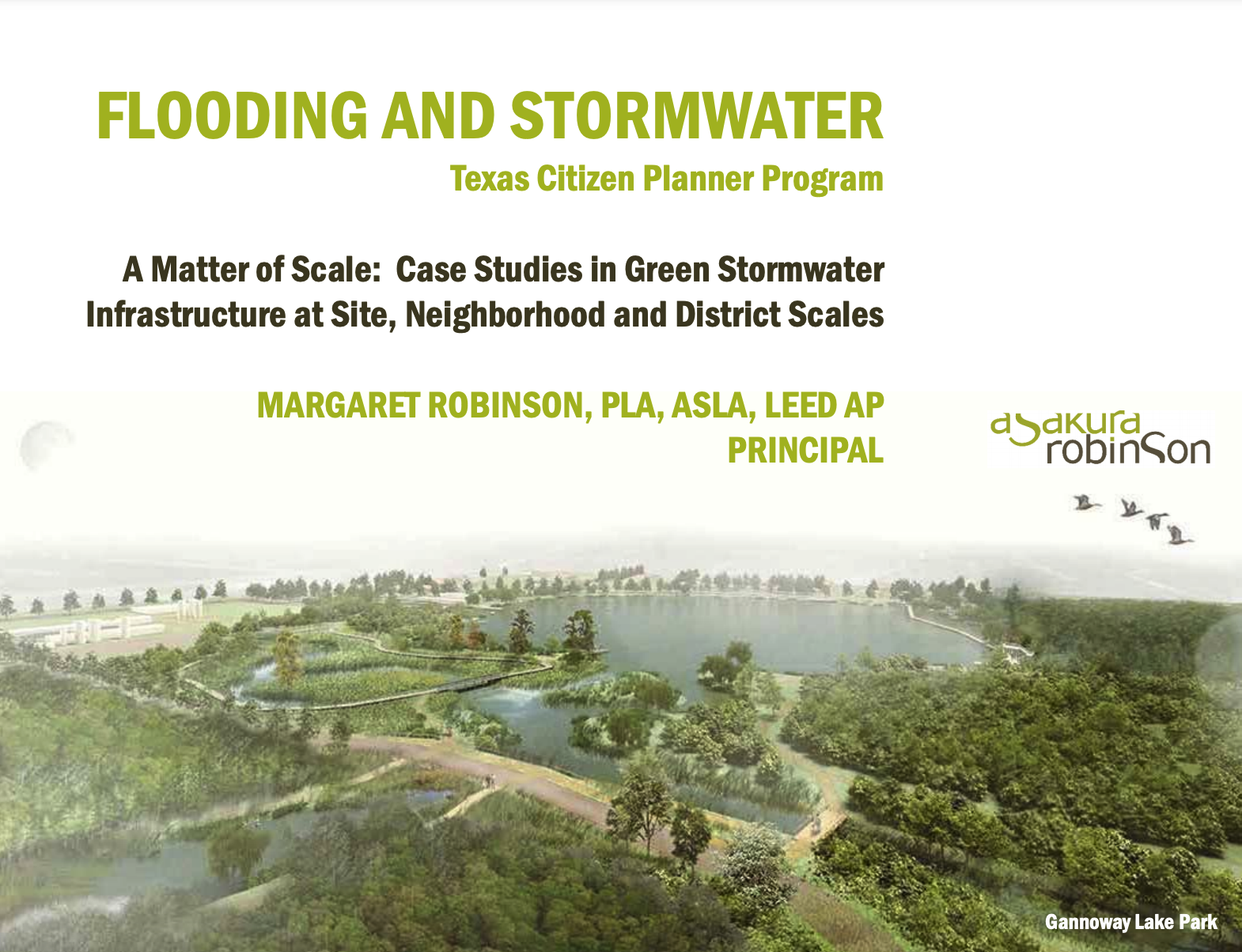
Flooding and Stormwater
September 2017
Specialty Courses are multi-class curriculums focusing on coastal hazards, flooding, and stormwater management, with respect to municipal planning and local regulatory authority. Each course covers broad topical areas important for hazard mitigation and plan integration.
Hear about creative approaches to managing stormwater at the site level. This session will focus on integrating Low Impact Development/Green Infrastructure and other innovative practices into local planning and development. These approaches are helping communities and developers retain more water on site while creating attractive developments and providing community amenities.
1) Stormwater Green Infrastructure: Evaluation, Performance and Modeling
Instructor: Dr. Fouad Jaber, P.E.
Associate Professor and Integrated Water Resources Management Extension Specialist with Texas A&M AgriLife Extension Service located at the Texas AgriLife Research and Extension Center at Dallas.
2) A Matter of Scale: Case studies in Green Stormwater Infrastructure at site, neighborhood and district scales
Instructor: Margaret Robinson, PLA, LEED AP, ASLA
Principal, Asakura Robinson
3) Green Infrastructure Needs Planners: How Planners Should be Pushing the Resiliency Agenda in Theory and Practice
Instructor: Katie Coyne, SITES AP
Associate Planner/Ecologist, Asakura Robinson
4) Hurricane Harvey; An Introduction to Stormwater Ordinance Writing: Examples from the Field; How to Develop Sustainably Using Green Stormwater Infrastructure.
Instructor: Mr. Michael F. Bloom, P.E., ENV SP, BCEE, CFM
Sustainability Practice Manager, R. G. Miller Engineers, Inc.
5) Planning a Stormwater Management Strategy in Your Community
Instructor: Dr. Aarin Teague, P.E.
Senior Engineer, San Antonio River Authority
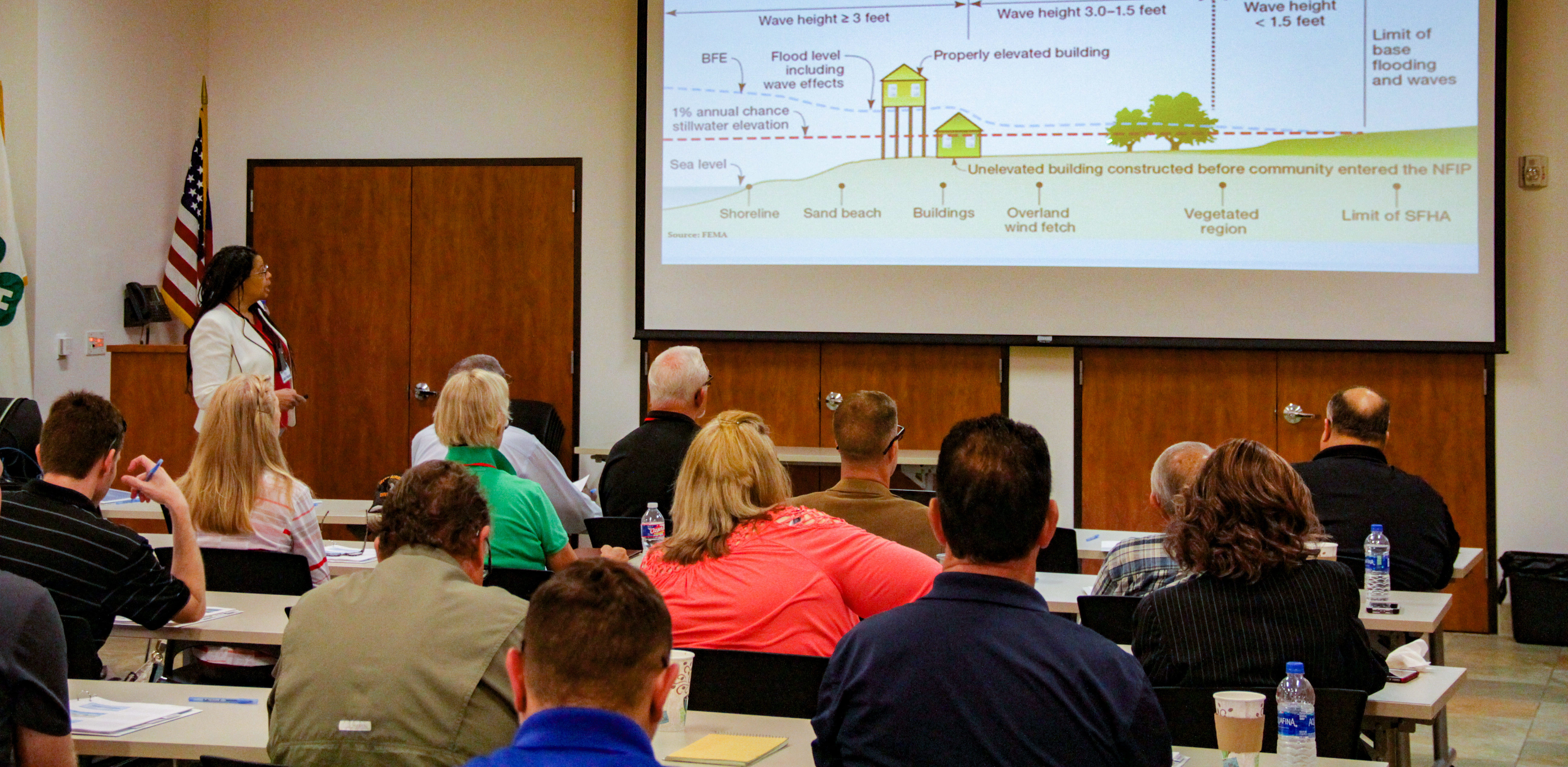
Community Planning For Hazards 2019-1
La Marque, Texas
June 2019
Hear first-person perspectives about strategic approaches other Texas communities have used to link risk management with their ongoing community planning and vision.
1) Tools and Strategies for Hazard Planning
Instructor: Dr. Earthea Nance, Ph.D., P.E., CFM
Associate Professor, Dept. of Urban Planning & Environmental Policy, Texas Southern University.
2) Legal Foundations Of Community Planning
Instructor: Matt Festa, JD
Professor of Law, South Texas College of Law Houston.
3) Planning for Community Resilience Through Hazard Mitigation
Instructor: David Jackson, CEM
State Hazard Mitigation Officer, Mitigation Section Administrator, Texas Division of Emergency Management, Texas Department of Public Safety.
4) Hurricane Texas Department of Insurance, Windstorm Inspections Program
Instructor: Mike Babin
Education/Oversight Specialist, Windstorm Inspection Program, Texas Department of Insurance.
Day 2 CHARM Exercise
Collaborate over a live table-top interface and use local mapping data to plan hypothetical growth scenarios. Real-time feedback allows participants to see the consequences of their planning decisions. The planning support tool, Community Health and Resource Management (CHARM), encourages collaborative problem solving and no GIS experience is needed. Attendance is required to receive a certificate.
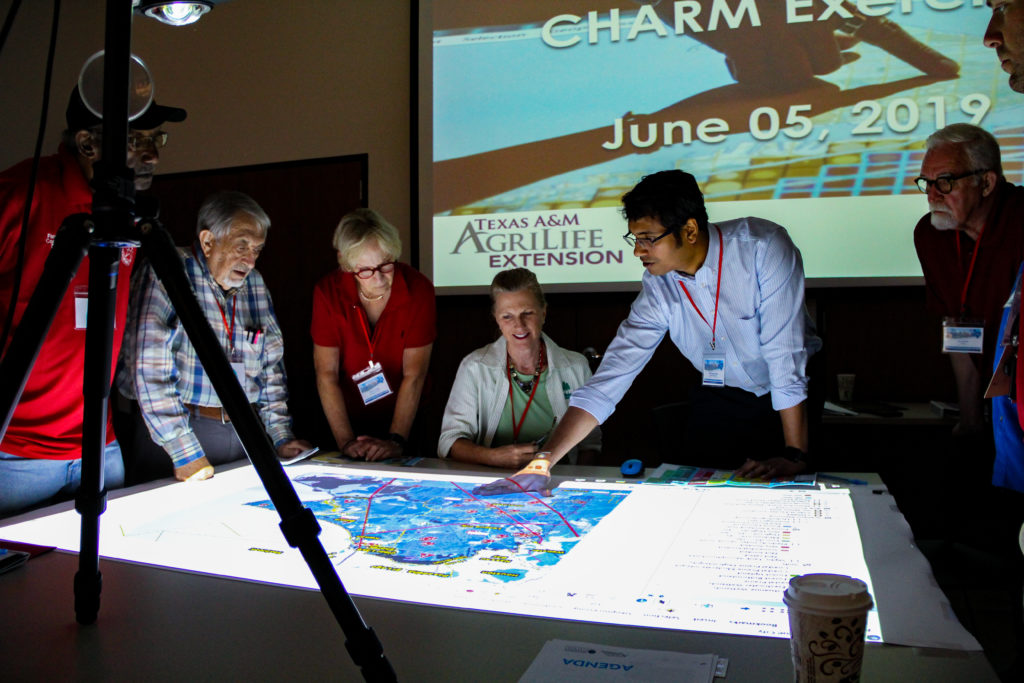
Local elected officials and municipal staff are invited to learn about the connections between good planning, hazard mitigation, and environmental stewardship through first-person perspectives and case study examples. Texas Citizen Planner is an innovative program for community leaders to learn about integrating community hazard mitigation approaches with local planning practices. The art of good planning is about injecting long-term considerations into near-term actions. Communities that integrate hazard mitigation principals and factor in long-term risks into their existing plans stand to make their communities more resilient and less prone to disasters.
Community Planning For Hazards 2019-2
Rockport and Brownsville, Texas
June 2019
Texas Citizen Planner is an innovative program for community leaders to learn about integrating community hazard mitigation approaches with local planning practices. Specialty Courses are multi-class curriculums focusing on coastal hazards, flooding, and stormwater management, with respect to municipal planning and local regulatory authority. Each course covered broad topical areas important for hazard mitigation and plan integration. This was a first for our program’s initiative to host two separate cities simultaneously via webinar.


Participants heard first-person perspectives about strategic approaches other Texas communities have used to link risk management with their ongoing community planning and vision.
1) Tools and Strategies for Hazard Planning
Instructor: Dr. Earthea Nance, Ph.D., P.E., CFM
Associate Professor, Department of Urban Planning & Environmental Policy, Texas Southern University.
2) Collective Impact for Resilient Cities
Instructor: Katie Coyne, AICP, Certified Ecologist, Ecological Society of America, SITES AP
Urban Ecologist, Asakura Robinson.
3) Planning for Community Resilience Through Hazard Mitigation
Instructor: David Jackson, CEM
State Hazard Mitigation Officer, Mitigation Section Administrator, Texas Division of Emergency Management, Texas Department of Public Safety.
4) A Better Understanding of Insurance Coverage, Rebuilding Standards and How to Detect Potential Fraud
Instructor: Douglas Klopfenstein
Education and Oversight Specialist, Regulatory Policy Division/Windstorm Inspection Program, Texas Department of Insurance.
Instructor: Lt. David Taylor
Texas Department of Insurance, Fraud Unit.
Instructor: Manuel Villarreal
Texas Windstorm Insurance Association Ombudsman.
5) General Land Office, CDBG Mitigation Funding
Instructor: Shawn M. Strange
Project Manager, Policy Development, General Land Office
Community Development and Revitalization (GLO-CDR)
Instructor: Aron Pena
Rio Grande Valley Community Outreach Coordinator, Department of Inter-governmental Relations, General Land Office
6) General Land Office, Texas Coastal Resiliency Master Plan
Zachary Stern
Planner, Policy Development, GLO-CDR
7) Texas Rural Leadership Program
Craig Rotter, PhD
Executive Director, Texas Rural Leadership Program, Texas A&M AgriLife Extension Service, Texas A&M University Public Partnership & Outreach
Day 2 CHARM Exercise
Collaborate over a live table-top interface and use local mapping data to plan hypothetical growth scenarios. Real-time feedback allows participants to see the consequences of their planning decisions. The planning support tool, Community Health and Resource Management (CHARM), encourages collaborative problem solving and no GIS experience is needed. Attendance is required to receive a certificate.

Local elected officials and municipal staff are invited to learn about the connections between good planning, hazard mitigation, and environmental stewardship through first-person perspectives and case study examples. Texas Citizen Planner is an innovative program for community leaders to learn about integrating community hazard mitigation approaches with local planning practices. The art of good planning is about injecting long-term considerations into near-term actions. Communities that integrate hazard mitigation principals and factor in long-term risks into their existing plans stand to make their communities more resilient and less prone to disasters.
No Adverse Impact (NAI)
Virtual Webinar
May 2021
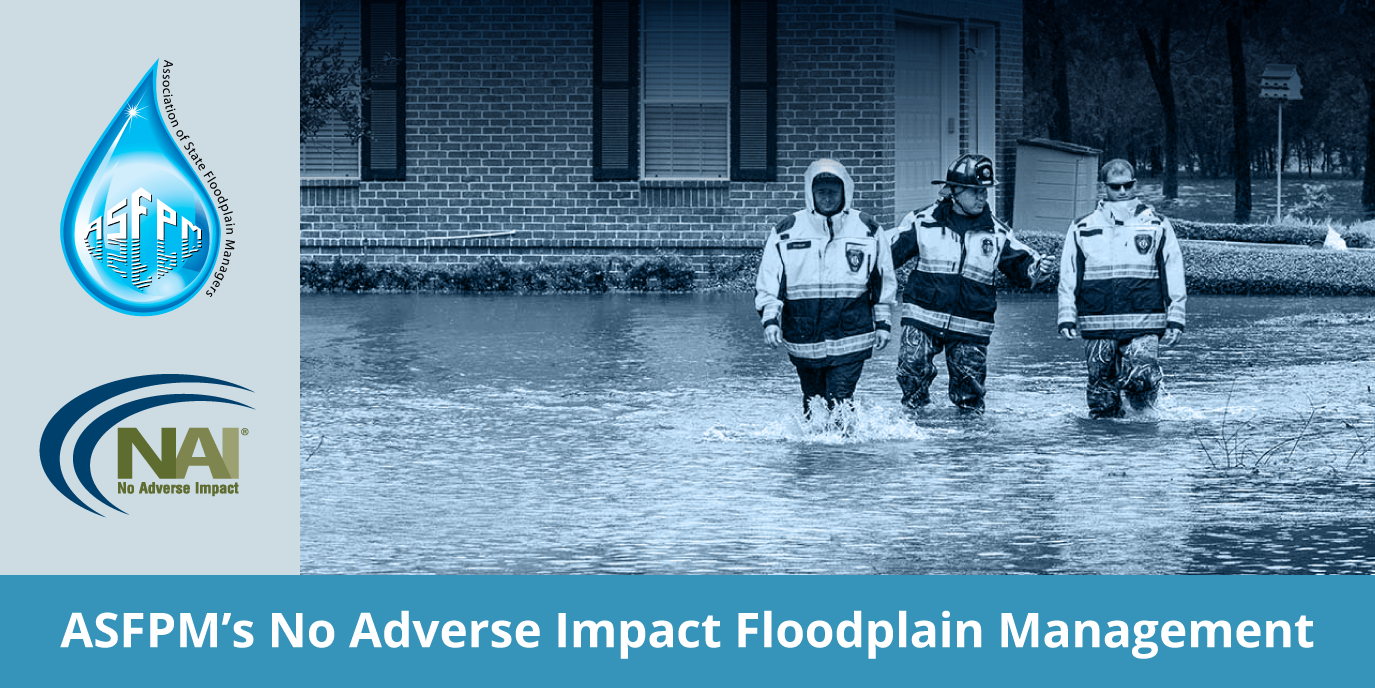 In partnership with ASFPM, this Texas Citizen Planner webinar covered ASFPM’s No Adverse Impact (NAI) Floodplain Management. The NAI Floodplain Management approach ensures the action of any community or property owner, public or private, does not adversely impact the property and rights of others, and will lead to reduced flood losses while promoting and rewarding strong water stewardship and mitigation at the local level.
In partnership with ASFPM, this Texas Citizen Planner webinar covered ASFPM’s No Adverse Impact (NAI) Floodplain Management. The NAI Floodplain Management approach ensures the action of any community or property owner, public or private, does not adversely impact the property and rights of others, and will lead to reduced flood losses while promoting and rewarding strong water stewardship and mitigation at the local level.
